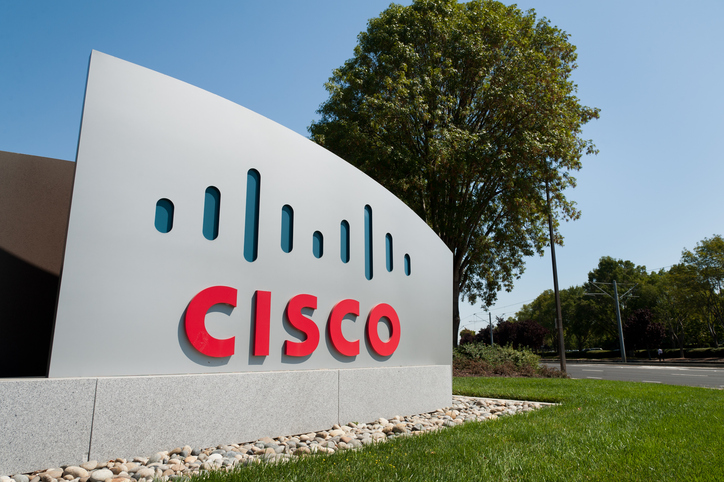At a recent Gartner Group conference on integration, lead analyst Massimo Pezzini sought to dampen some of the fervour that his company helped to start. “The service oriented architecture (SOA) is an old idea that is becoming more popular. Its about modularity and about encapsulation.”
His point is well made. The term SOA was first coined by Gartner in 1995, but the concept of being able to call up re-usable, fine-grained software components across a network was not new, even then. Object-oriented technology and in particular the Corba standard were already specified and being implemented.
But object oriented technology did not take-off and uptake of Corba was largely confined to high-end niches in financial services and telecoms. The need for disciplined, scalable, distributed, component based computing did not go away, but it was overshadowed by the development of the Internet browser and Java application servers.
All that has changed over the past 18 months. Since late 2002, suppliers and analyst advisors have been putting together a road map for the next stage in software’s evolution. This time, the hype is intense: from now on, everything is going to be “service oriented”.
There is barely a supplier involved in either integration or development that is not promoting its technology as “SOA enabling” or using some variant of the term. Certainly, SOA now features heavily in the marketing messages of all the major suppliers. Many integrators, too, are now embracing the message.
Why? Because web services technology, so heavily promoted in the period from 1999 to 2001, has now been effectively tied to the idea of reusable, component-based systems: “The reusable components now have a highly usable, standardised interface,” says Pezzini.
The SOA, suppliers stress, is not a technological revolution per se; it is an approach to software development and management that will produce dramatic business benefits. The enthusiasm is shared by CIOs across industry.
There are three benefits. First, simplicity: although getting to an SOA will be complex, the end result will be that web services present all functions, internal or external, as services that can be plugged or unplugged without the need for deep technical knowledge. It gives the business more control.
Second, agility: the technology gives businesses the freedom to switch from service to service, to roll out or roll back function, and even to link services together to quickly build their own composite applications. Third, cost. Although this will probably be the last to be realised, many services will be easily reusable or accessible, reducing duplication, and even creating a competitive new market for reliable services delivered over the web.
The SOA is a not a technology as such, but a concept and a method. But the excitement, among both vendors and users, is tangible. n
|
|
|||









